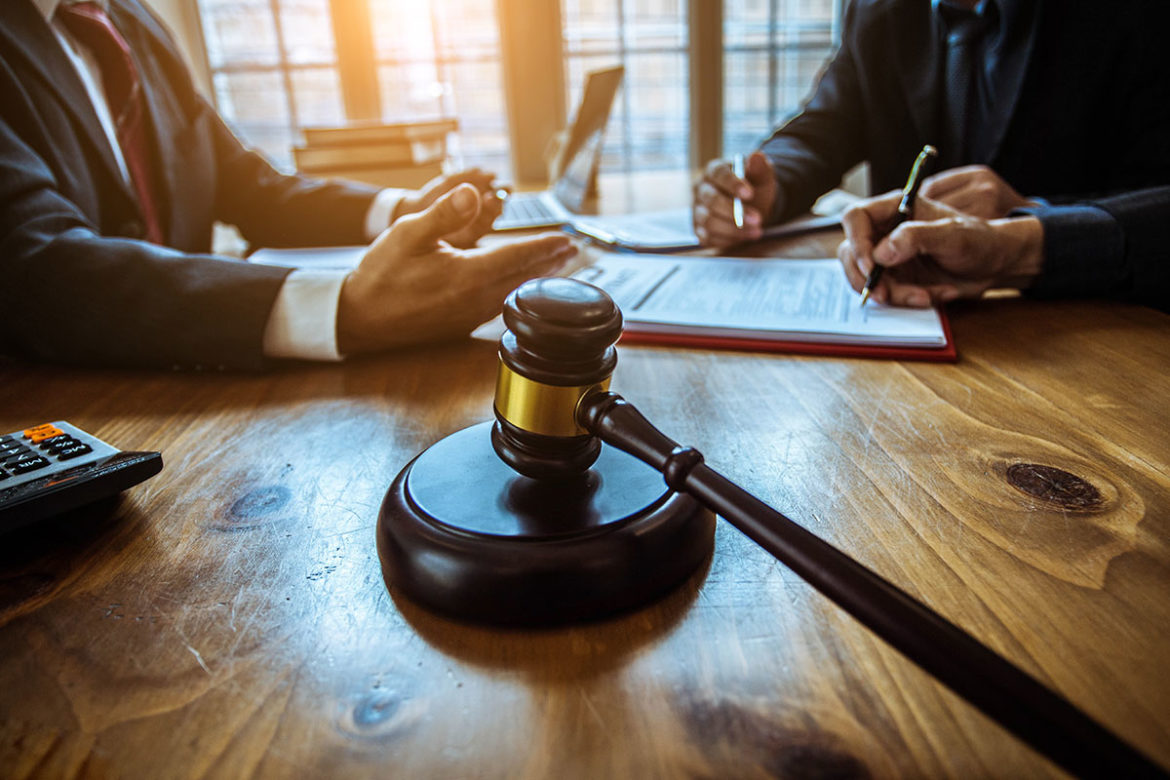Chapter 13 bankruptcy is a type of bankruptcy that allows you to repay your debts over a period of three to five years under a court-approved plan. It is also known as reorganization bankruptcy, because it allows you to reorganize your finances and make a plan to repay your debts.
Who is eligible for Chapter 13 bankruptcy?
To be eligible for Chapter 13 bankruptcy, you must have a regular income. Your income must be sufficient to cover your monthly expenses and make a meaningful payment towards your debts.
How does Chapter 13 bankruptcy work?
The Chapter 13 bankruptcy process begins when Lawclues.com/ you file a petition with the bankruptcy court. The petition will list your debts, assets, and income. After you file the petition, you will need to attend a meeting of creditors. At the meeting of creditors, your creditors will have the opportunity to ask you questions about your financial situation.
After the meeting of creditors, the bankruptcy court will appoint a trustee to handle your bankruptcy case. The trustee will review your financial information and develop a repayment plan for you. Your repayment plan will be based on your income and expenses. The goal of the repayment plan is to pay off your debts over a period of three to five years.
Once your repayment plan is approved by the bankruptcy court, you will need to make monthly payments to the trustee. The trustee will then distribute the payments to your creditors. After you have completed your repayment plan, your remaining debts will be discharged.
What debts are discharged in Chapter 13 bankruptcy?
Most debts are discharged in Chapter 13 bankruptcy, including:
- Credit card debt
- Medical debt
- Personal loans
- Payday loans
- Student loans (in some cases)
However, some debts are not discharged in Chapter 13 bankruptcy, including:
- Child support
- Alimony
- Student loans (in most cases)
- Taxes
- Debts that you incurred through fraud or intentional misrepresentation
Benefits and drawbacks of Chapter 13 bankruptcy
Chapter 13 bankruptcy can be a helpful tool for people who are struggling with debt. However, it is important to weigh the benefits and drawbacks of Chapter 13 bankruptcy before making a decision.
- Avoid foreclosure: Chapter 13 bankruptcy can help you avoid foreclosure on your home. If you are behind on your mortgage payments, you can include your mortgage payments in your Chapter 13 repayment plan.
- Keep your assets: Chapter 13 bankruptcy allows you to keep your assets. You will not have to sell any of your assets to pay off your creditors.
- Repair your credit score: Chapter 13 bankruptcy can help you repair your credit score. If you complete your Chapter 13 repayment plan, your credit score will start to improve over time.
Drawbacks of Chapter 13 bankruptcy:
- Long process: Chapter 13 bankruptcy can be a long process. It can take three to five years to complete your repayment plan.
- Strict requirements: Chapter 13 bankruptcy has strict requirements. You must make all of your monthly payments on time and in full. If you miss a payment, your bankruptcy case could be dismissed.
- Impact on your credit score: Chapter 13 bankruptcy will have a negative impact on your credit score. However, the impact will be less severe than the impact of Chapter 7 bankruptcy.
Conclusion
Chapter 13 bankruptcy can be a helpful tool for people who are struggling with debt. However, it is important to weigh the benefits and drawbacks of Chapter 13 bankruptcy before making a decision. If you are considering filing for Chapter 13 bankruptcy, it is important to speak with an experienced bankruptcy lawyer.

